This review on the kung-fu style fighting game Sifu explores several key elements that affect player experiences. Despite the initial delay from developer Sloclap, the extra development time has paid off exponentially as accolades continue to pour in about their latest title.
Though challenging, the game rewards persistence, discipline, and attention to detail –not unlike the study of martial arts itself. But Sifu incorporates elements from multiple genres of games to make a more distinct yet familiar experience. Let’s get into those details within the following categories:
Sifu background
It’s no secret that Sloclap drew from traditional martial arts movies (think The One-Armed Swordsman and Master of the Flying Guillotine) for the story and setting of Sifu. But this title marks the first game that Sloclap has developed and published on its own. Devolver Digital, the publisher behind Serious Sam: Siberian Mayhem, published their previous entry Absolver.
The martial art 白眉/ Bak Mei or Pak Mei kung fu takes center stage in the game. Though styled as a beat ’em up strategy, the game takes hints from games like Dark Souls or Sekiro: Shadows Die Twice paired with a unique, age-linked roguelike element.

Setting and tone
Since Sifu draws so heavily on real-world martial arts and classic Kung Fu films, Sloclap brought in an expert to consult on the game’s fight choreography and combat. Benjamin Colussi, a Pak Mei master, studied under Lao Wei San in Foshan, China, before opening his own school in France.
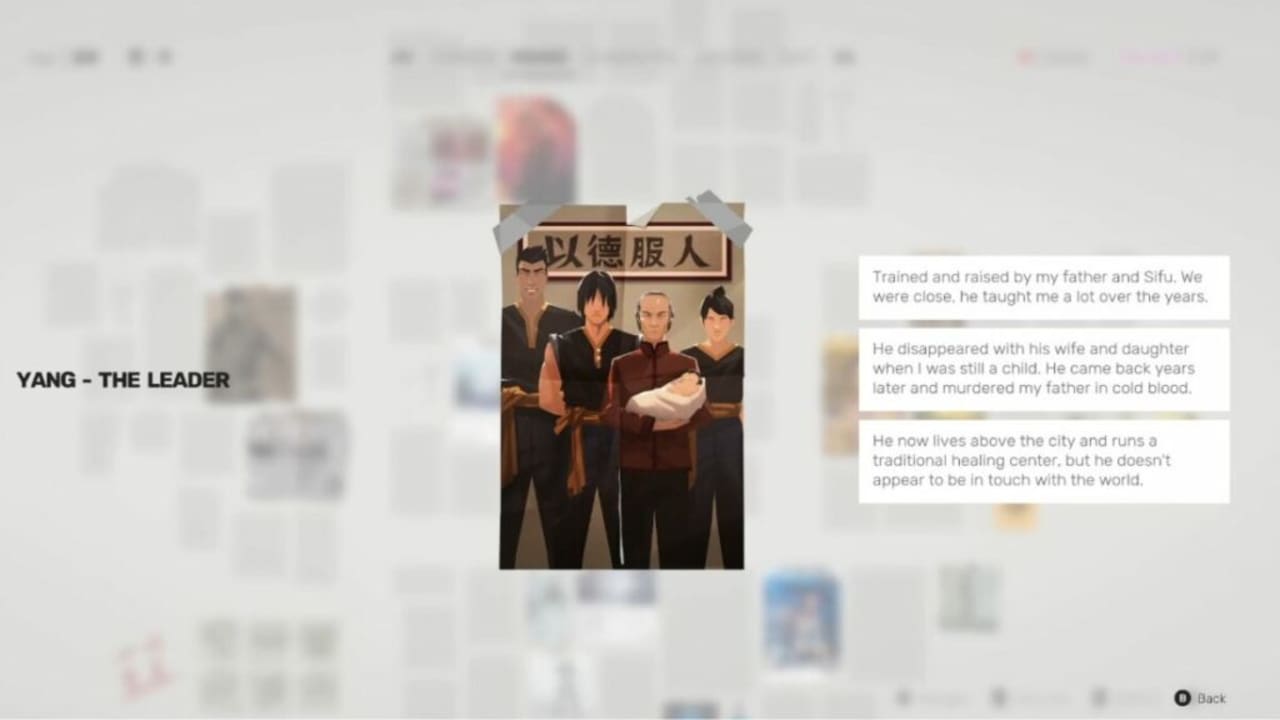
Story
The story of Sifu is not a particularly unique or novel one in that it is a revenge story at heart. Choosing one of two genders, players embark on a quest to avenge their murdered father Kill Bill style. This requires some sleuthing and, of course, lots of butt-kicking.
It integrates clue-finding into environment exploration, incentivizing players to interact with the wonderfully realized world that Sloclap created. The detective board used to organize clues seems a bit out of place thematically. But it is a very useful tool for visualizing information.
How long to beat Sifu
Sifu’s runtime is on the shorter side for most modern single-player games. But this indie title has high replayability — especially when you can insert your favorite characters as the protagonist with mods. Here’s how long it takes to beat Sifu:
- Main campaign: ~10 hours
- Main campaign with extras: ~14 hours
- Achievement hunters and completionists: ~17 – ~25 hours
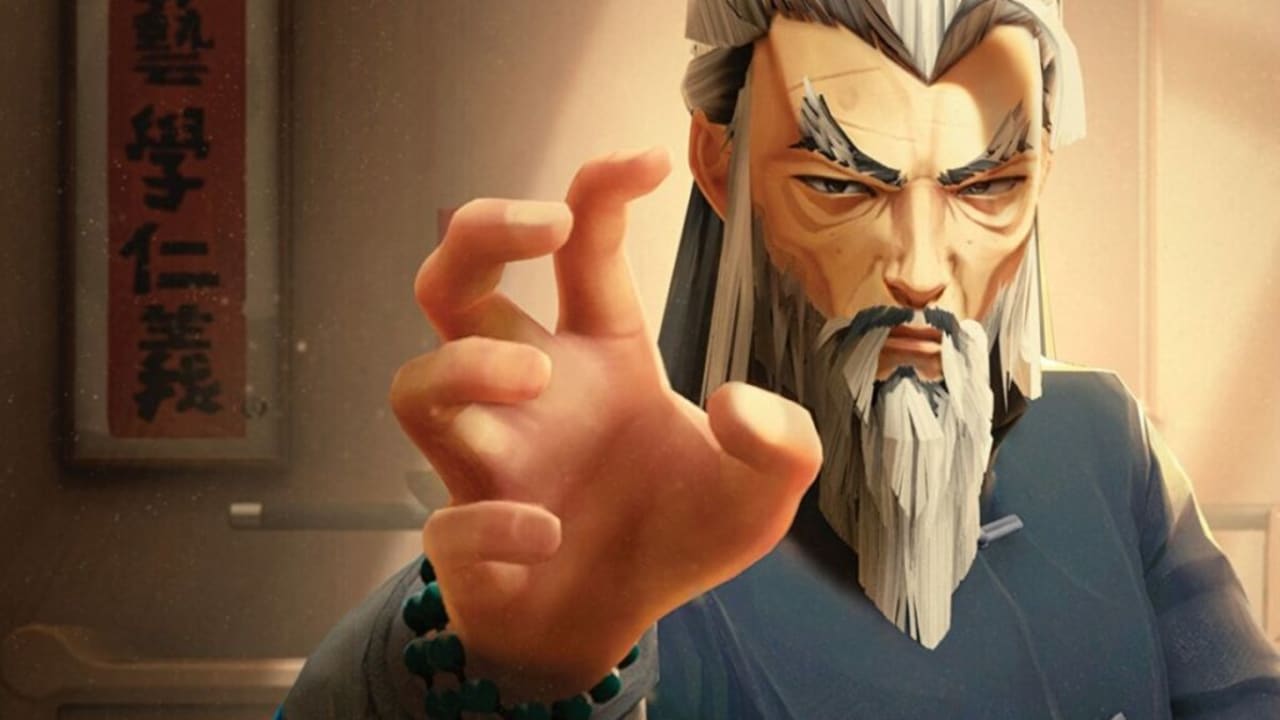
Sifu performance
Using Unreal Engine 4, Sifu can run pretty well on a variety of consoles and computers. In addition, the animation style lends itself to non-4K resolutions in the same way that something like Transistor might. While it would be prettier in better resolutions, it doesn’t take the same visual downgrades as something like Cyberpunk 2077 might.
Sifu PC vs. PlayStation
Sifu is only available in hard copy on PS4 and PS5; for digital versions, would-be players can look to various online storefronts with Epic Games being the easiest to access.
Overall, there is little difference between Sifu on PS4, PS5, or PC. It comes down to personal preference and/or availability for each player.
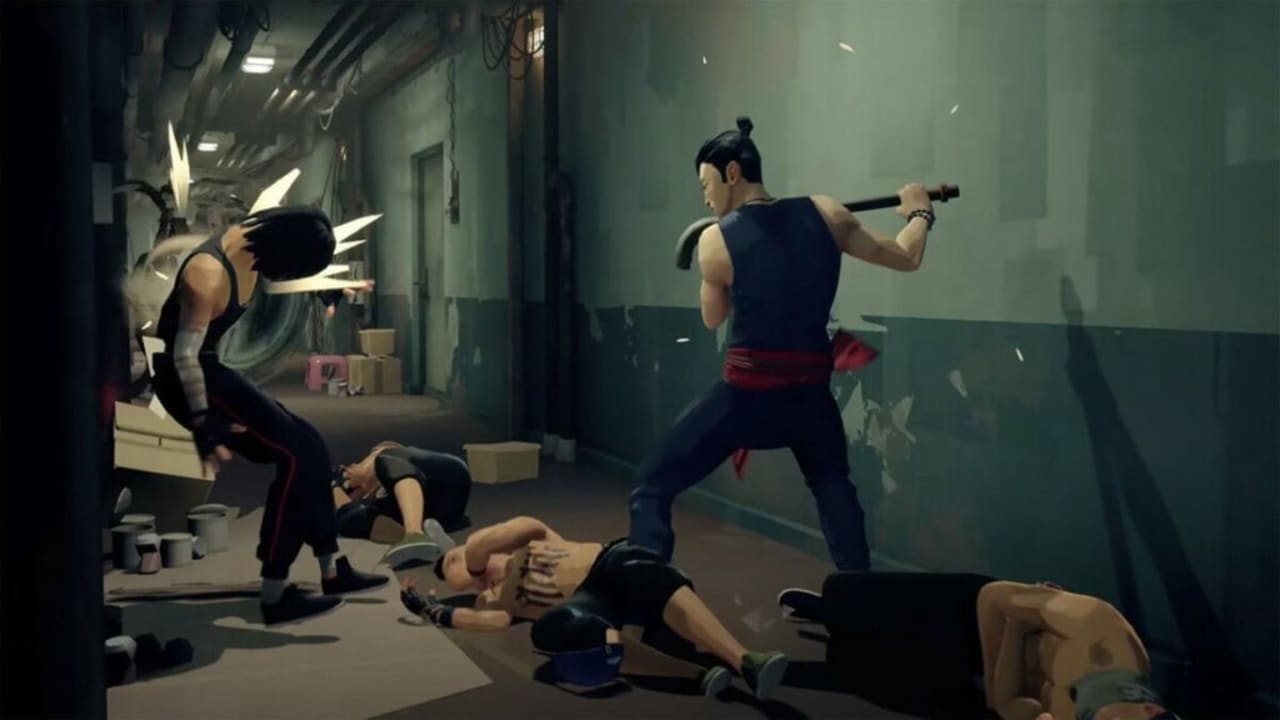
Sifu gameplay and functions
Core to any gaming experience are the major gameplay loops like finish a puzzle, fight a boss, save the princess, etc. Sloclap tweaks player expectations in a way that makes for very difficult, but extremely rewarding gameplay.

UI and interface
A cluttered or disorganized UI can really sour any gaming experience. Luckily, Sloclap kept things minimal and easy to use. The five tabs at the top clearly outline critical information and give players the option to quit quickly which is a nice “quality of life” feature.
You can always keep track of your age and death counter in the top left corner along with your score and XP in the top right. The only problem might be the color scheme when it comes to the “Skills” section on the “Character” tab. That light pink on a grey/white background can be difficult to parse for some players — even with the additional glow effect around it.
But that’s a minor gripe as each skill description comes with a brief video demonstrating the skill. It’s a fantastic inclusion that helps with accessibility and ease of understanding.

Combat mechanics
The core combat, as with all beat ‘em up style games, is about combos of light, heavy, and special attacks on top of dodging, blocking, and counter-attacking. However, thanks in part to being in UE4, Sifu can take advantage of destructible items and other environmental-based combat effects. Being able to launch an enemy off a balcony not only feels incredibly real, but very practical since the protagonist is often facing off against multiple attackers.
Of course, being able to kick up a falling object into an enemy’s face seems a little far-fetched when it comes to physical ability. But this stylistic choice only serves to reinforce the inspiration from traditional Kung Fu movies.
One of the only confusing parts of Sifu’s combat design is how players attain persistent skills. As with other roguelikes and roguelites, players can find Shrines to unlock abilities or purchase new ones during a playthrough. However, after purchasing a skill 6 times, players will always have it unlocked for new runs.
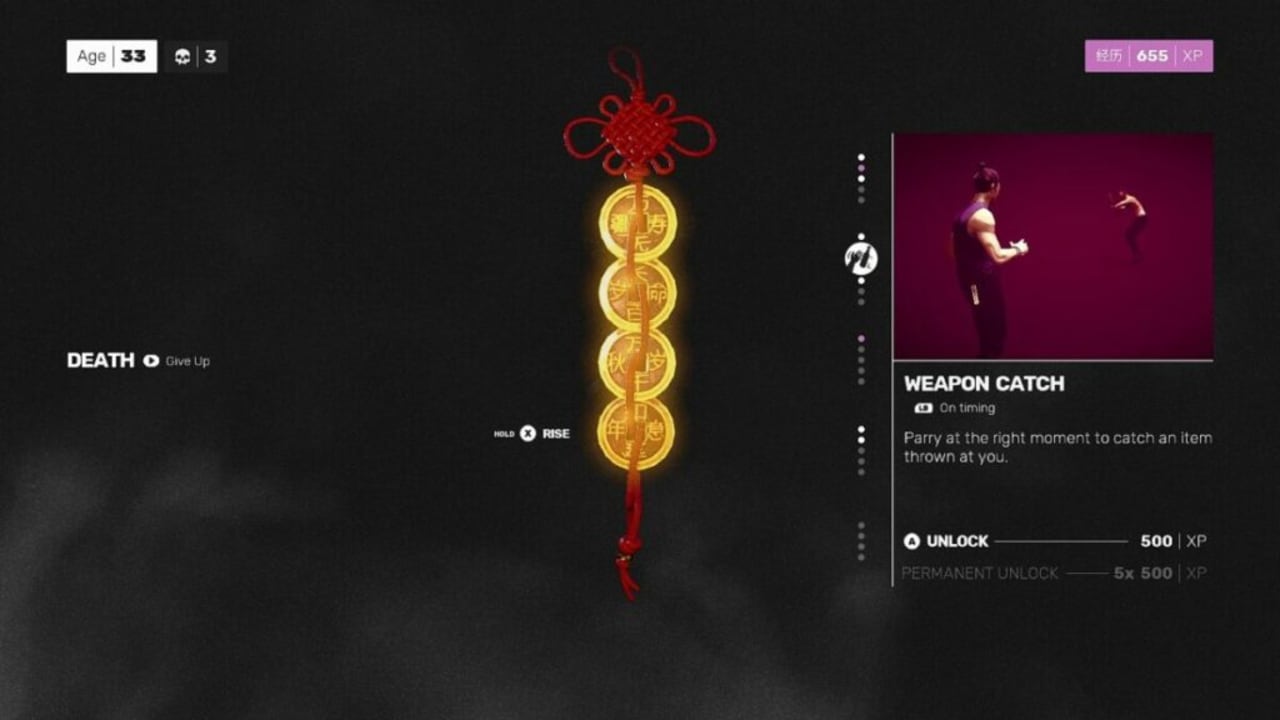
Skills and gameplay loop
The twist on the traditional roguelite gameplay loop introduces a magic talisman. It allows the main character to restart in the same place after death; however, they age the number of times you’ve died. For instance, if you are 28 and your death counter is at 6, you’ll be 34 the next time you revive. Sifu has a hard cap around age 75 where, if you die that time, you’ll have to start over in a new game. Players can reduce their death counter by taking on specific enemies, though they tend to be difficult, as well.
This obviously varies from games like Returnal, Hades, and other games with similar mechanics. But the additional difficulty of aging and hard combat can make the game a bit frustrating at times. The point of games like Dark Souls is to die a bunch, get better at the game, and feel a sense of accomplishment after finally beating a boss. With Sifu, aging interrupts that gameplay loop and adds anxiety around dying.
Combining the “die and die again” mentality of roguelites with the difficulty of Dark Souls can also become tedious since the levels and enemies remain the same in Sifu. Of course, nothing beats that warm feeling of utter satisfaction when you’ve finally beaten a stubborn boss with just the right strategy. Button mashing will definitely not remain a viable tactic past the first level of the game.
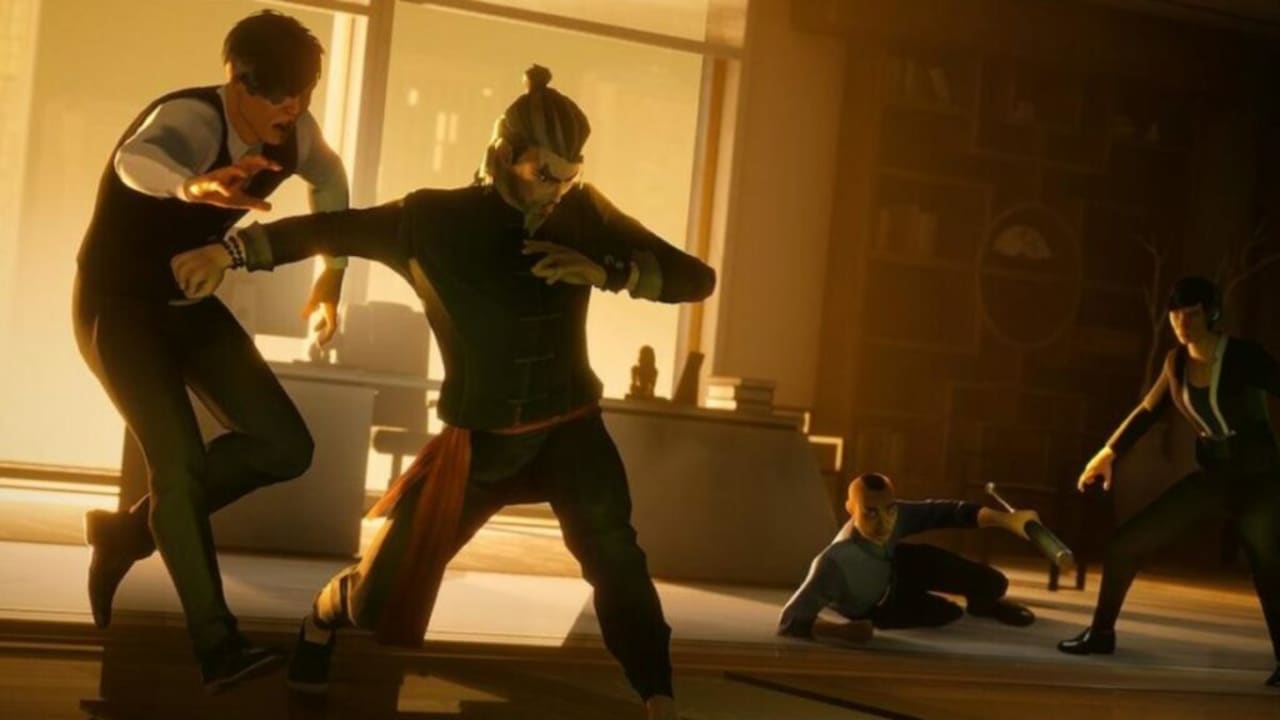
Sifu visuals, sound, and enemy design
A hero’s story is nothing without compelling and well-designed villains. Moreover, sounds like the landing of punches or the splintering of wood make huge differences in setting ambiances in video games and other visual media. Sifu is no different and the developers paid special attention to every detail of the game’s craftsmanship.
Sound design
Music can be an afterthought or a major character in a story (just like locations). Music creator Howie Lee merges traditional Chinese musical elements and modern electronica instruments. This blending of historical and modern is a perfect fit for Sifu.
What’s more: the combat sound design feels lived-in and realistic while still playing into the at times kitschy Kung Fu movie niche. Because the game trades so heavily in destructible environments, Lee incorporated distortion, dubstep, and other aural motifs to capture what battling brutal combatants in the middle of a bass-thumping club might really feel like.
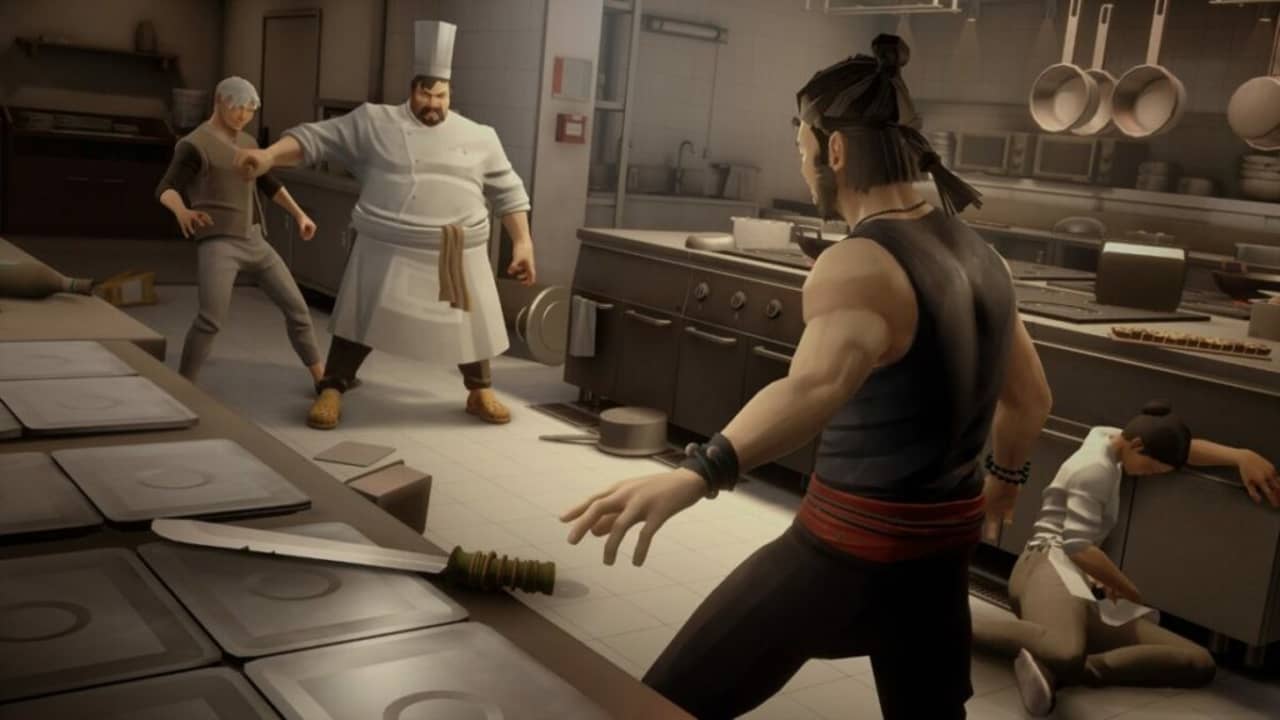
Enemy design
The watercolor-like animation style of Sifu reinforces just how fluid the martial arts combat is. The game plays with skin tone and texture, hairstyles, and lots of colors as players complete their journies. Each of the five main bosses have unique designs — both in the past and present — but your average enemies aren’t the same three models repeated over and over again either.
You’ll find yourself battling multiple genders, people of different heights and weights, and lots of variation in hairstyles and clothing. It’s just one more way Sloclap realized the world of Sifu in such crystalline and authentic detail.
World design
What makes games like Yakuza: Like a Dragon, Mass Effect 2, or Bloodborne great are the animated worlds that accompany the characters and story. Take something like Elder Scrolls: Skyrim, for example. What made that game so endlessly replayable was the depth of content across NPCs and the breadth of content across the in-game world.
While Sifu doesn’t have a sweeping map with tons of dark corners for players to fill in, it feels no less alive than a Bioware game. A meaningful reason as to why is because the player can destroy so much of it. Throwing enemies through windows, breaking chairs, or even using bottles in fights feels real. Small details like this go such a long way in captivating a player’s audience.
One of the only problems with the world design is how the camera interacts with it. Some parts of the game take place in tight hallways where the self-guided camera can get stuck during combat scenarios. You won’t see an enemy sneaking up on you because you physically can’t; the camera won’t let you. Though relatively minor, this issue can detract from satisfying gameplay experiences for some.

Sifu review: verdict and wrap-up
Some people use the term “theme-park ride” in a derogatory manner — a misguided choice. Sifu presents the best aspects of your favorite roller coaster with thrills, sleuthing, and lots of martial arts. It lives up to the clear inspiration from classic Kung Fu movies in terms of the visuals, flow, and feel of the game.
The only areas where it falls short are more meaningful story beats and the high barrier to entry for some players in terms of difficulty. But if you want a fluid beat ’em up that’s a feast for the eyes, Sifu will deliver all that and more.
PROS
- Compelling animation style
- Fluid and satisfying combat
- Unique roguelite approach
- Engaging level design with destructible terrain
- Intelligent enemy AI
CONS
- Repetitive gameplay loop
- High difficulty rating
- Short campaign run time
- Periodic frustrating camera orientation
Developer: Sloclap
Publisher: Sloclap
Game Modes: Single-player
Game Engine: Unreal Engine 4


